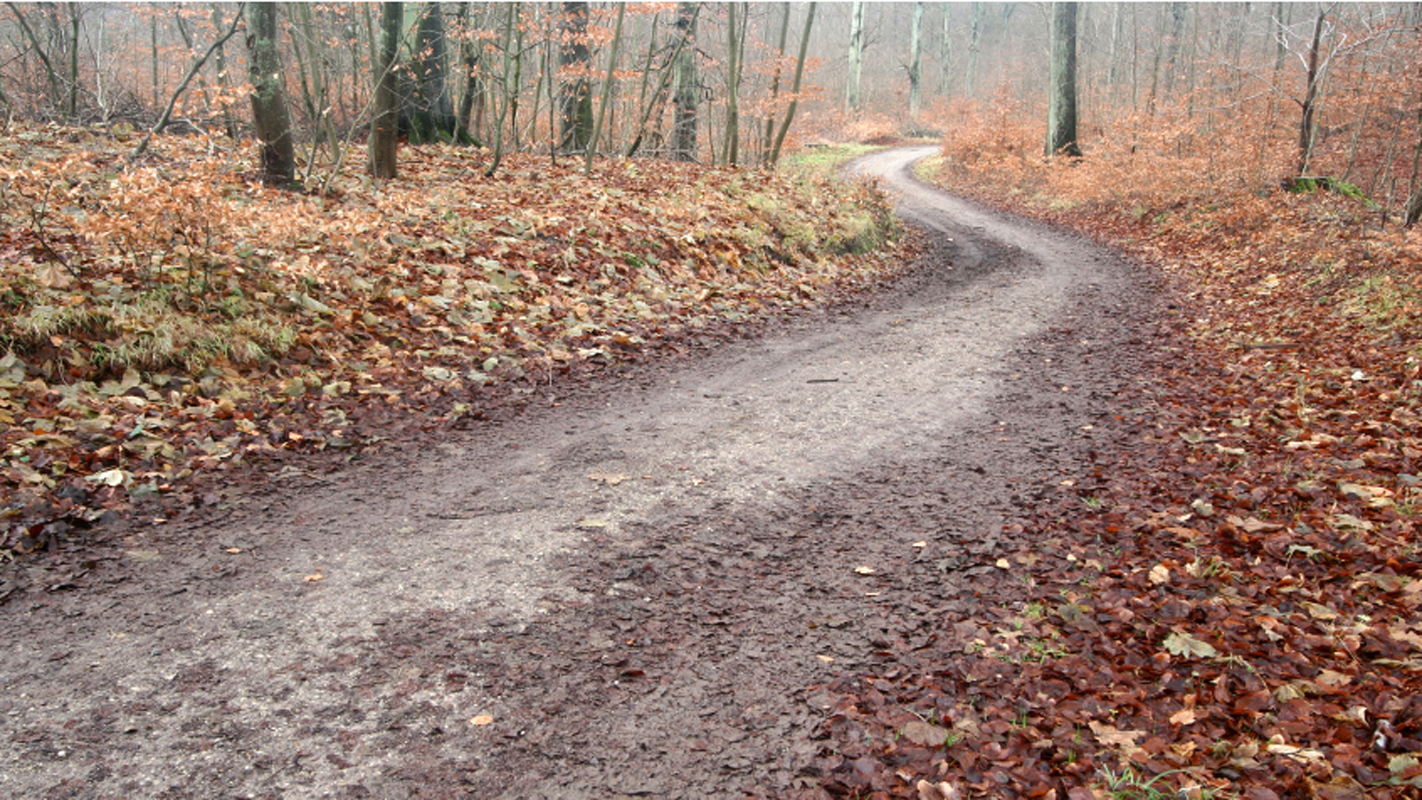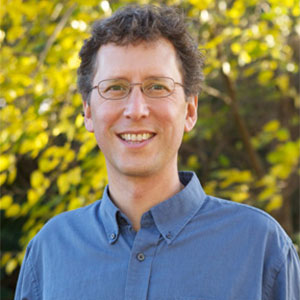Taking the Road Less Traveled

Even in the age of the Internet and its virtual information superhighway, roads are built to physically connect people and places. Yet the positive effects of road building across the globe – increased modernization and commerce are just two – come with serious strings attached when you consider the environmental degradation correlated with road building.
While roads create asphalt and concrete corridors for people and machines, they often crush natural areas and pathways for animals and plant life. Yet the detrimental effects aren’t merely felt along the roads themselves. Consideration must also be given to the right-of-ways immediately surrounding roads and the “spillover” areas around the right-of-ways that harm natural habitat. Think of the spillover as the forestland, prairie or wetland eliminated to create farms and cities around roads, for example.
So how do humans continue the important work of connecting people while also allowing for the safe and efficient movement of animals and plant life?

NC State ecologist Nick Haddad has some suggestions. In a Perspective essay published Thursday in the journal Science, Haddad says that planners need to consider road routes, road design and road reduction.
Targeted road sites could have cost-benefit analyses conducted to ascertain the road’s benefit to people versus environmental cost. Roads would mainly be built in areas with high benefit to people and low environmental cost and eschewed in areas with low benefit to people and high environmental cost.
Haddad, who has spent much his academic career studying the effects of landscape corridors that promote the movement of animals and plants, also recommends maintaining connections for wildlife while building roads. That means underpasses or overpasses with native vegetation that could mimic the areas lost to roads and allow safe passage for animals.
He also calls for the restoration of natural vegetation along roads; this could provide support for the animals and plants usurped by road building and maintenance.
Finally, Haddad suggests a reduction in the number of roads built, and shifting some of the transportation burden to railways.
“The combination of areas affected by roads, right-of-ways and spillover areas around the globe nearly doubles the forested area of the Brazilian Amazon,” Haddad said. “This shows the radiating effects of road building and the inherent dangers attached. These effects become even stronger when you factor in a growing global population and increased intrusion into natural areas.
“All is not lost, though. There are ways to mitigate the destructive effects of connecting people; we need better planning and a concerted effort from regional authorities to care for the plants and animals that live beside us.”
With all respect to Robert Frost, two roads should not diverge in a wood, but should instead avoid the wood altogether. That may make all the difference – for the environment and its plant and animal denizens.
- Categories:


